Case Bulletin – Third Circuit Reviews the Daubert Standard For Experts in Employment Law
On Tuesday, January 10, 2017, the United States Court of Appeals for the Third Circuit issued a ruling in Karlo v. Pittsburgh Glass Works, LLC, where it discussed statistical expert opinions and interpreted the standard under Daubert for utilizing these experts’ opinions.
In Karlo, the defendant was a manufacturer of automotive glass. When the auto industry declined in 2008, it reduced its number of employees by approximately 100. All of the individuals terminated were over the age of 50, and they alleged to have been discriminated against in favor of younger employees. Several of these terminated employees filed a putative Age Discrimination in Employment (ADEA) collective action asserting three claims: (1) disparate treatment; (2) disparate impact; and retaliation as to two of the plaintiffs. Defendant Pittsburgh Glass filed motions to exclude a number of plaintiffs’ experts: (1) Dr. Michael Campion, who was prepared to offer statistical evidence; (2) Dr. Campion also intended to offer his expert opinion on reasonable human resource practices; and (3) Dr. Anthony Greenwald, who was prepared to testify as to age related implicit bias studies. The District Court granted Pittsburgh Glass’ motions and excluded all of these experts’ testimony.
On appeal, the Third Circuit first held that an ADEA disparate-impact claim may proceed when a plaintiff offers evidence that a specific, facially neutral employment practice caused a significantly disproportionate adverse impact based on age. If the plaintiff can demonstrate such impact with various forms of evidence, including 40-and-older comparisons, sub-group comparisons, or more sophisticated statistical modeling, so long as that evidence meets the usual standards for admissibility.
With regard to experts, the court first set forth its standard pursuant to Daubert, which requires experts to meet reliability standards, based on the methods and procedures of science. When analyzing an expert under Daubert, the court looks to whether the expert’s testimony is supported by “good grounds.” The standard for reliability was noted as “not that high.”
First, the Third Circuit noted that to the extent that the District Court excluded the Dr. Campion’s testimony based upon problems with his study that were cured by subsequent analysis, it abused its discretion. Further, to the extent that the subsequent analysis was deficient, the court abused its discretion because it failed to provide any justification for discrediting that analysis.
Second, and most importantly, the court then considered the exclusion of Dr. Campion’s statistical analysis. This expert conducted statistics on different age sub-groups to determine whether there was age discrimination. Specifically, he wished to testify that employees in subgroups older than 45, 50, and 55 years old were more likely to be fired than younger employees. The court explained that under what is known as the “Bonferroni procedure,” it is difficult to find statistical significance where a researcher tests multiple comparisons using the same data. “In theory, a researcher who searches for statistical significance in multiple attempts raises the probability of discovering it purely by chance . . . i.e., finding a false positive.” The Bonferroni procedure is a mathematical equation that adjusts for that risk. The court concluded that the District Court erred by applying a “merits standard of correctness,” which is a higher bar than what Federal Rule of Evidence 702 demands. The Third Circuit held that after identifying a potential flaw, the District Court should have evaluated whether the expert’s opinion still rested on good grounds. Instead, it applied a bright line exclusionary rule, which was improper. The court explained that there can be good grounds for an expert’s conclusion “even if the judge thinks that . . . a scientist’s methodology has some flaws, such that if they had been corrected, the scientist would have reached a different result.” Generally, the question of whether a study’s results were properly calculated or interpreted goes to the weight of the evidence – not to its admissibility. Thus, the Third Circuit remanded for further Daubert proceedings to the District Court.
Third, the court agreed that Dr. Greenwald’s testimony was inadmissible. He conducted a study of the general public, in which 80% of research participants held an implicit bias based on age. He then evaluated the deposition transcripts of certain employees to determine whether their procedures were susceptible to implicit bias. The court agreed that his population wide statistics have “only speculative application” to Pittsburgh Glass and its decision makers. Moreover, the court observed that disparate impact claims do not inquire into the employer’s state of mind.



